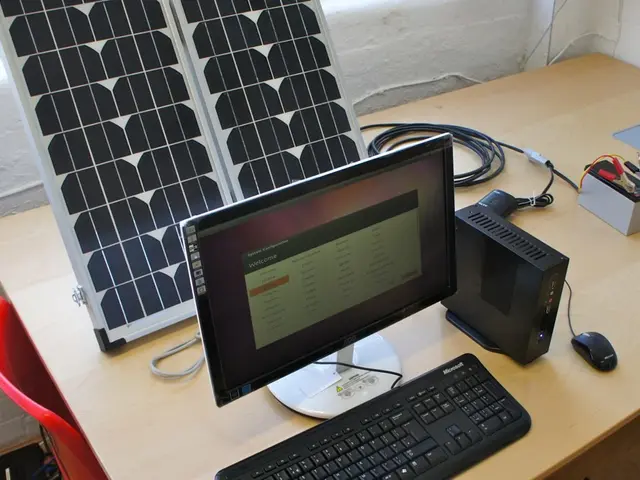Hydrogen Boom's Slow Burn: The Reality Behind the Delays
Excitement dwindles away
The much-touted hydrogen boom hasn't quite kicked off as expected. Instead, numerous projects globally are stuck in development limbo—not just in Germany. Major players like RWE and Uniper have announced delays in their billion-euro investments, partly due to the dragging hydrogen boom in Europe. Plans for pipeline projects, from Denmark to Norway, are being put on ice or even cancelled.
Let's break it down:
Permitting Purgatory
A whopping 96% of the projected increase in natural gas demand for blue hydrogen projects stem from initiatives still mired in the approval and planning process. This tenuous status makes these projects susceptible to delays, downsizing, or even cancellation.
Strategic Shifts
There's a noticeable shift in strategy from governments and key energy firms. Once hot on hydrogen, some have started questioning its viability due to the high costs and challenges associated with hydrogen production.
Economic and Policy Uncertainty
The future of essential incentives, like the Section 45V Hydrogen Production Tax Credit, hangs in the balance—a factor that affects investor confidence and project planning.
The elephant in the room? Hydrogen's hefty price tag for CO2 emissions reduction.
The High Cost of Green
Green hydrogen, which utilizes renewable energy sources to split water molecules, remains expensive compared to traditional energy sources. The already stretched-thin cost of wind and solar energy leaves little margin for hydrogen production.
Moreover, building and maintaining a comprehensive hydrogen transportation and storage infrastructure comes at a high cost—from constructing new pipelines and storage facilities to equipping fueling stations.
Technological Rough Patches
Current efficiencies in hydrogen production and usage are relatively low. Most commercial hydrogen is generated from natural gas, resulting in CO2 emissions and the need for substantial natural gas resources.
Cleaner alternatives like solar, wind, and battery storage are gaining traction and cost-effectiveness, making them more attractive—and affordable—options for reducing CO2 emissions compared to hydrogen.
[1] IEEFA. (2021). Hydrogen prospects and challenges. Retrieved from https://ieefa.org/hydrogen-prospects-and-challenges/
[2] Carbon Brief. (2021). Hydrogen energy. Retrieved from https://www.carbonbrief.org/hydrogen-energy
[3] U.S. Department of Energy. (2021). Hydrogen and fuel cells programs. Retrieved from https://www.energy.gov/eere/fuelcells/hydrogen-and-fuel-cells-programs
[4] Savills UK. (2021). Hydrogen: The future of energy? Retrieved from https://www.savills.co.uk/en-gb/research-insight/research/hydrogen-the-future-of-energy
[5] National Renewable Energy Laboratory. (2021). Green hydrogen. Retrieved from https://www.nrel.gov/screen/green-hydrogen.html
- Despite the promised hydrogen boom, many projects are stalled in the permit and planning process, increasing their susceptibility to delays, reductions, or cancellations.
- Major investment in hydrogen projects, including those from RWE and Uniper, have been delayed in part due to Europe's lingering hydrogen boom.
- Plans for pipeline projects, such as those from Denmark to Norway, are being postponed or cancelled due to factors surrounding hydrogen.
- Governments and energy companies are shifting their strategies, expressing doubts about hydrogen's viability due to its high costs and production challenges.
- The future of essential incentives like the Section 45V Hydrogen Production Tax Credit, which affects investor confidence and project planning, remains uncertain.
- Green hydrogen, which uses renewable energy sources for production but remains expensive compared to traditional energy sources, faces challenges in competing with cleaner and more affordable alternatives like solar, wind, and battery storage for reducing CO2 emissions.







